There is so much that goes into running an online store. In addition to the day-to-day operations of handling sales, it is important to keep an eye on your business’ performance. This is where metrics come in.
Ecommerce metrics are essentially quantifiable measurements that help you determine client buying behavior. This helps you determine things like how much consumers tend to order at one time or how often your website visitors are making sales.
Ecommerce metrics, also known as key performance indicators (KPIs) are essential to understanding the ins and outs of your business, so you can make smarter decisions for your future.
Are you ready to see what the right metrics can do for you?
| Vital Ecommerce Metrics |
What Are Ecommerce Metrics?
Ecommerce metrics and KPIs are two important tools that can help track your business’s overall success. By using these metrics you can easily access relevant information about your business including your customers buying habits so that you can help improve your business.
By focusing on Ecommerce metrics for your retail business, you can develop strategies that will impact these metrics and improve performance. KPIs are an especially important metric that will keep track of the numbers that you’re tracking for growth.
How Do My Metrics Measure Ecommerce Success?
Each Ecommerce company is different, meaning each company is going to value different metrics over the others. The key is having insights into the areas that help you the most and that will help your business thrive.
There are several different metrics that every Ecommerce company should know about. These are five of the most prevalent metrics you can track to gain valuable insight into the inner workings of your business.
We’ve detailed some of the top metrics and the formulas you can use to figure out these numbers for your business.
Sales Conversion Rates
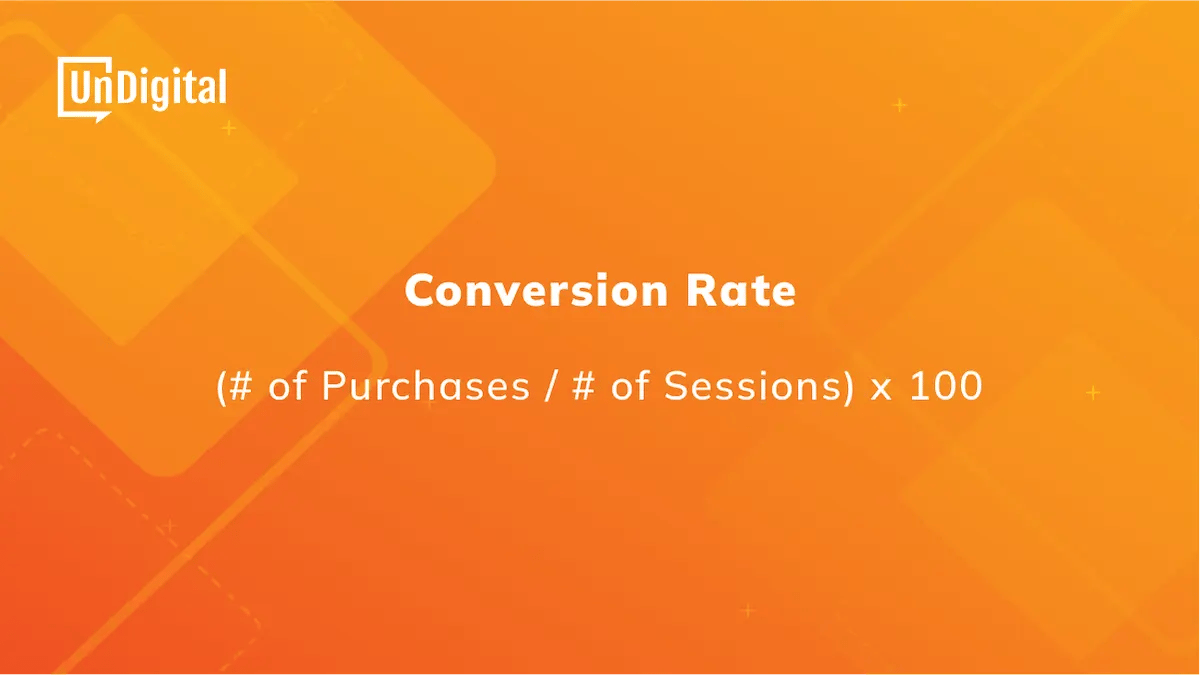
Often hailed as one of the most important metrics, your conversion rate (CVR) is the number of people who purchased out of the number of people who visited your website.
To find your CVR percentage, use the aforementioned formula.
When you know how many people visit your site vs. put items in their cart vs. how many check out, you can look for holes in where your sales funnel may be lacking. The goal is to have a steady or slightly increasing CVR.
Customer Acquisition Costs
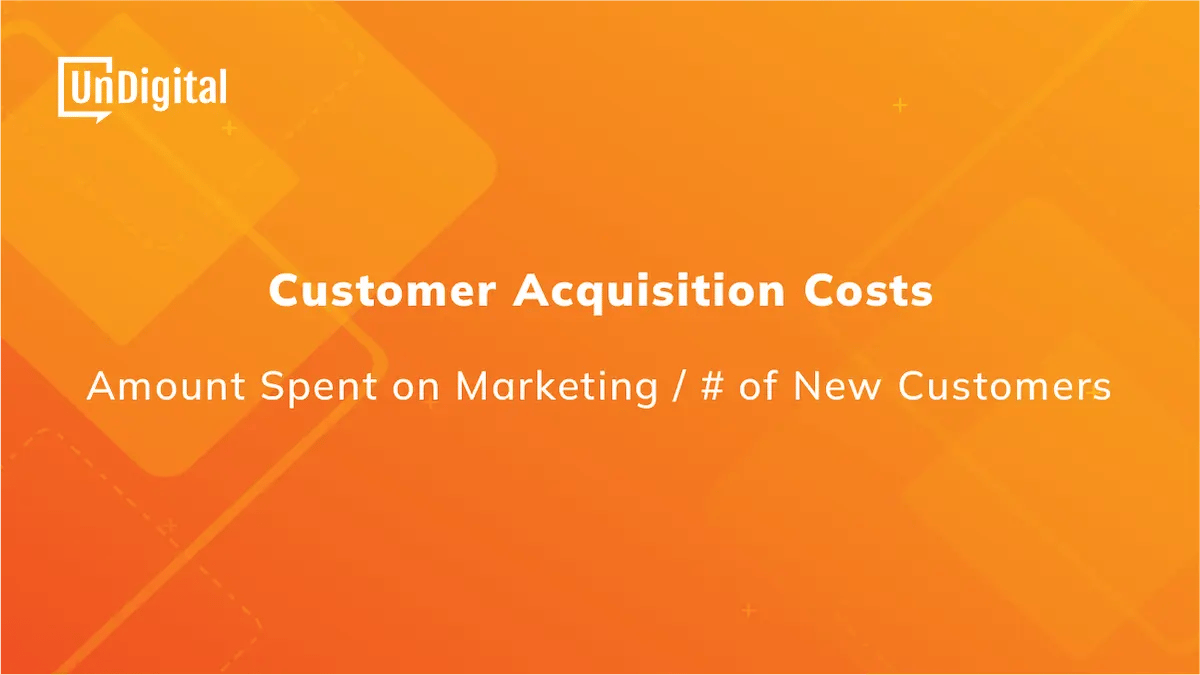
The customer acquisition costs (CAC) tell you how much it costs, on average, to get a new customer. This is an important number not only for your sales but for your marketing budget as well.
For example, if you spend $5000 per month on marketing and it brought in 500 new customers your CAC would be $10 per customer. Make sure that you are checking in on this metric regularly. It can help you determine whether or not your marketing budget is working for you and how much you may need to tweak your marketing efforts to get the types of returns you want.
Average Order Value
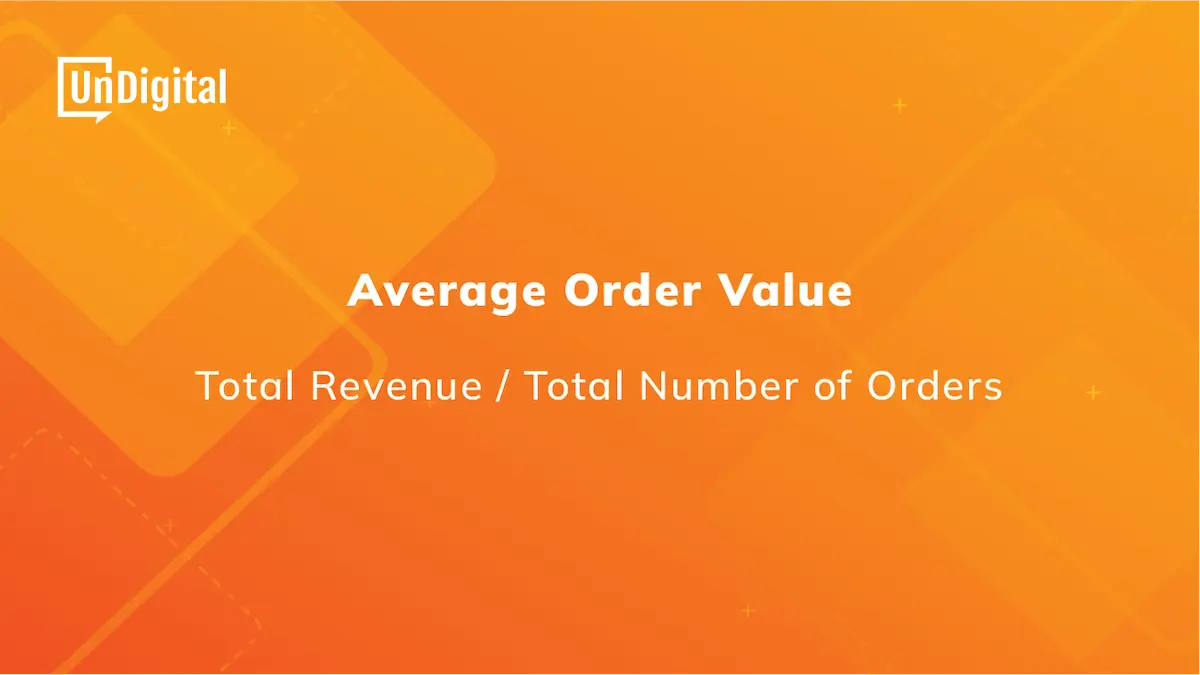
As the name suggests, the average order value (AOV) is the average of how much your customers spend every time they check out of your store.
This is an important number to track because it helps you set goals for new customers and realize how much additional revenue new customers could bring in.
So, if your AOV is $50, and you want to make $5,000 more each month, then you would need, on average, 100 new customers every month.
Shopping Cart Abandonment Rate
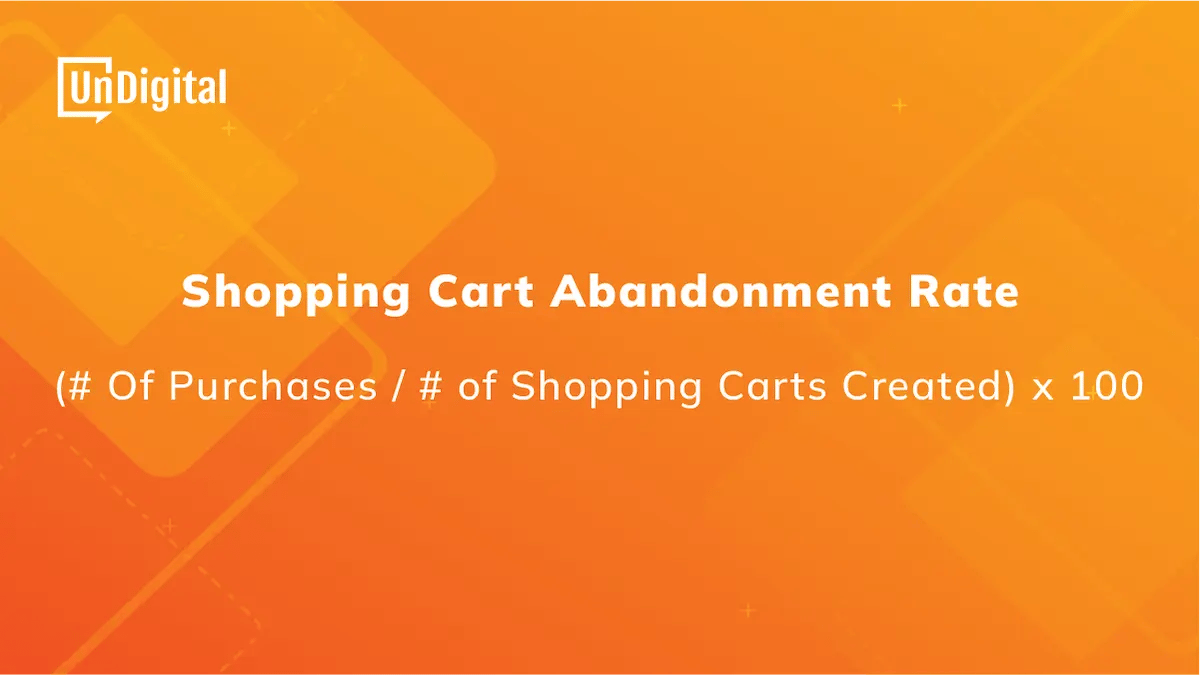
This is a very important and unfortunately often overlooked metric for Ecommerce companies. This metric will tell you how many people put products in their carts but don’t ever actually check out and purchase them.
This can help you focus on closing the deal and help highlight certain issues you may be having with your checkout process. Something as simple as redesigning your cart, checkout process, or available payment options can improve your shopping cart abandonment rate.
It is not the end of the world if you have a high shopping cart abandonment rate, but it can be a sign that potential issues or errors are coming up during the checkout process that can prevent people from completing their purchases.
Returning Customer Rate (Reorder Rate)
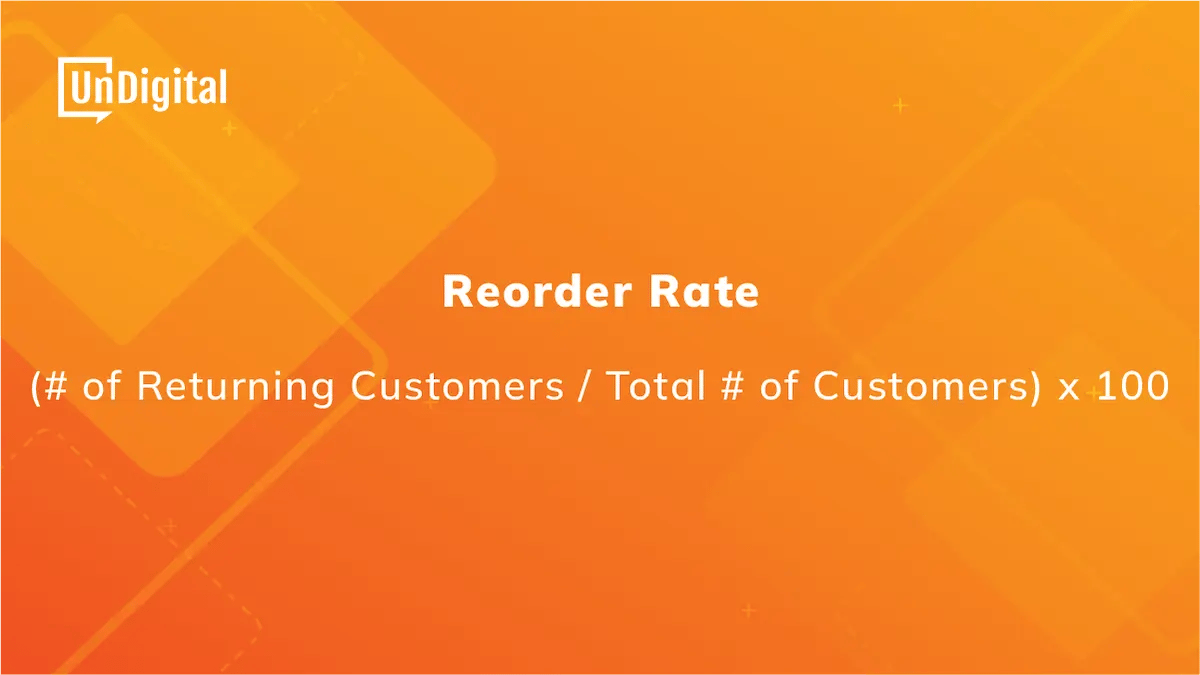
Your returning customers are just as important as new ones. Returning customers is essential for building brand loyalty. According to some experts, the average Ecommerce company sees a returning customer rate as low as 20% and as high as 30%.
Anything higher than that may indicate that you aren’t spending enough time or resources into growing your customer base and bringing on new customers. Anything lower than that means you might want to try blast emails or retargeting ads to get your old customers to come back.
 You've made it this far and you've learned so much. Congratulations!
You've made it this far and you've learned so much. Congratulations!
If you're looking to learn more about marketing or Ecommerce in general, feel free to reach out to us at: solutions@undigital.com
You May Also Like
These Related Stories

The Essentials for Building an Ecommerce Team

Applying Marketing Growth-Share Matrix to Ecommerce


